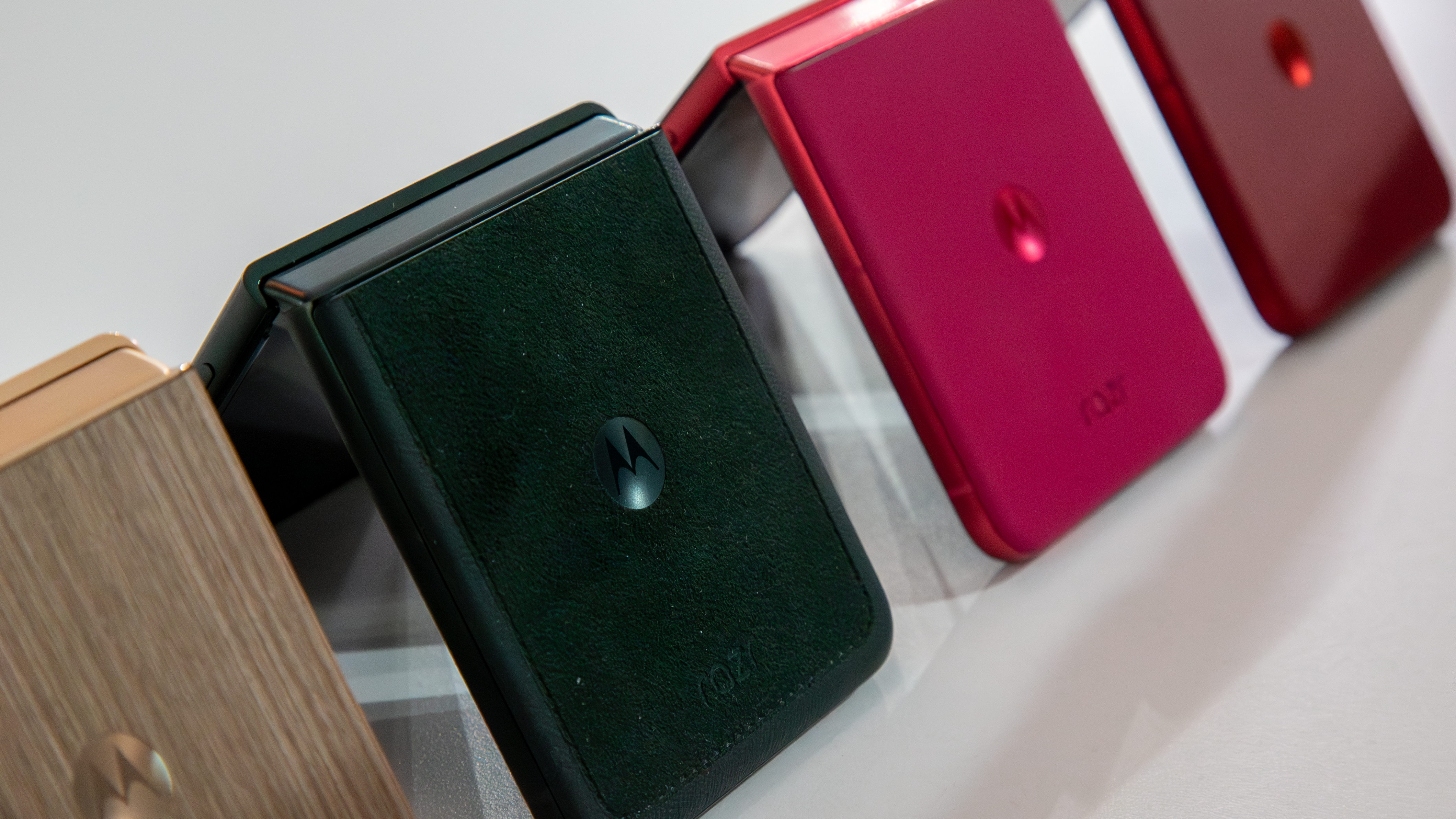Best small phone 2025
Good things come in small packages.
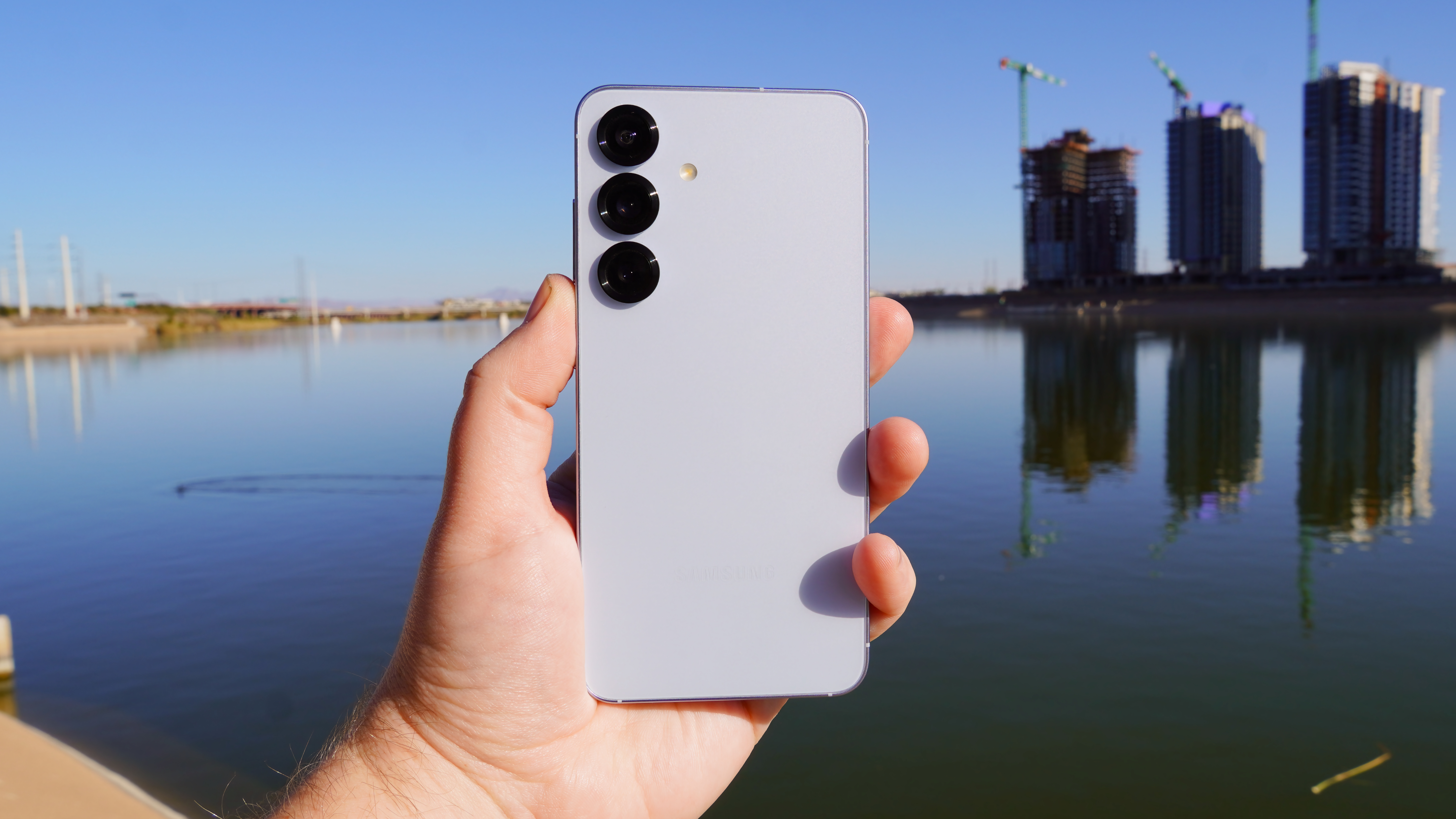
At a glance
1. Best overall
2. Best value
3. Best foldable
4. Best last-gen
5. Best AI features
How to choose
How we test
It's true that premium smartphones are getting bigger and better, not to mention better. Some of them even teeter on the line between big smartphone and small tablet. But for those with petite hands or who want something more pocketable, a smaller-screen phone is still desirable. While finding good compact Android phones is becoming harder by the day, there are still some good options in this space.
We've tested every one of these phones ourselves to outline what's great and maybe even not so great about each one. I chose the Samsung Galaxy S25 as the best small phone for most people. This is because the S25 has one of the fastest processors you can get with Snapdragon 8 Elite, fabulous cameras, and an excellent update policy that will keep your phone up-to-date for years to come. If you're looking to spend less or looking at a foldable, we've got all the best options for you right here.

Namerah enjoys geeking out over accessories, gadgets, and all sorts of smart tech. She spends her time guzzling coffee, writing, casual gaming, and cuddling with her furry best friends.
At a glance
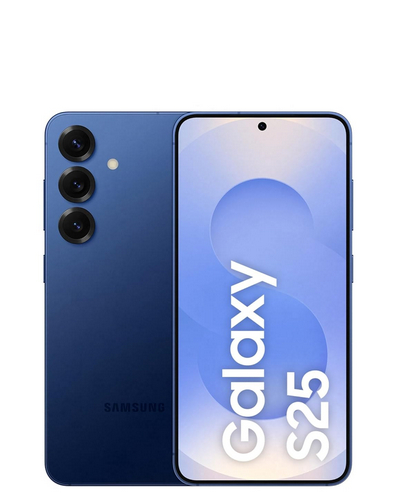
Best overall
The Galaxy S25 is a fairly compact phone at just 2.78 inches wide, but still manages to pack in a 6.2-inch display and is lighter than the previous generation.
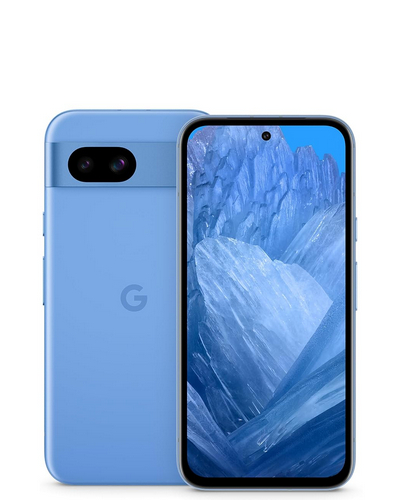
Best value
Retailing for under $500, the Pixel 8a boasts some outstanding camera tech, the same processor found in the Pixel 8 and Pixel 8 Pro, and a sleek and compact design.

Best foldable
Thanks to a thoughtful, foldable construction, the Galaxy Z Flip 6 lets you enjoy the benefits of a 6.7-inch display with the pocketable form factor of a small phone.
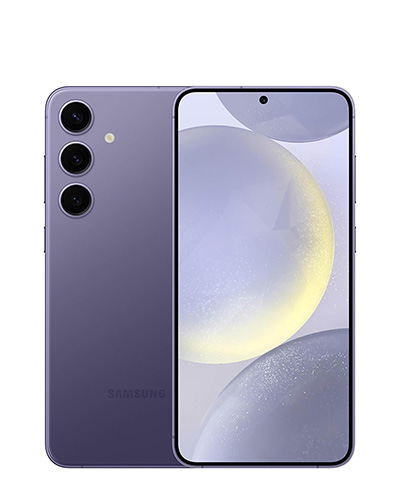
Best last-gen
The Galaxy S24 is the best last-gen compact phone thanks to its handy size and great software. It's nearly as powerful as the new S25 and has the same set of cameras.
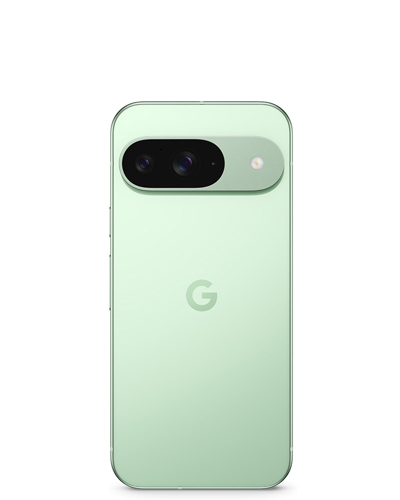
Best AI features
The Pixel 9 has a larger display than the Pixel 8a, but its physical dimensions are roughly the same, making it an excellent premium alternative. It also comes with cutting-edge AI features that you won't find in other Pixels.
Best overall
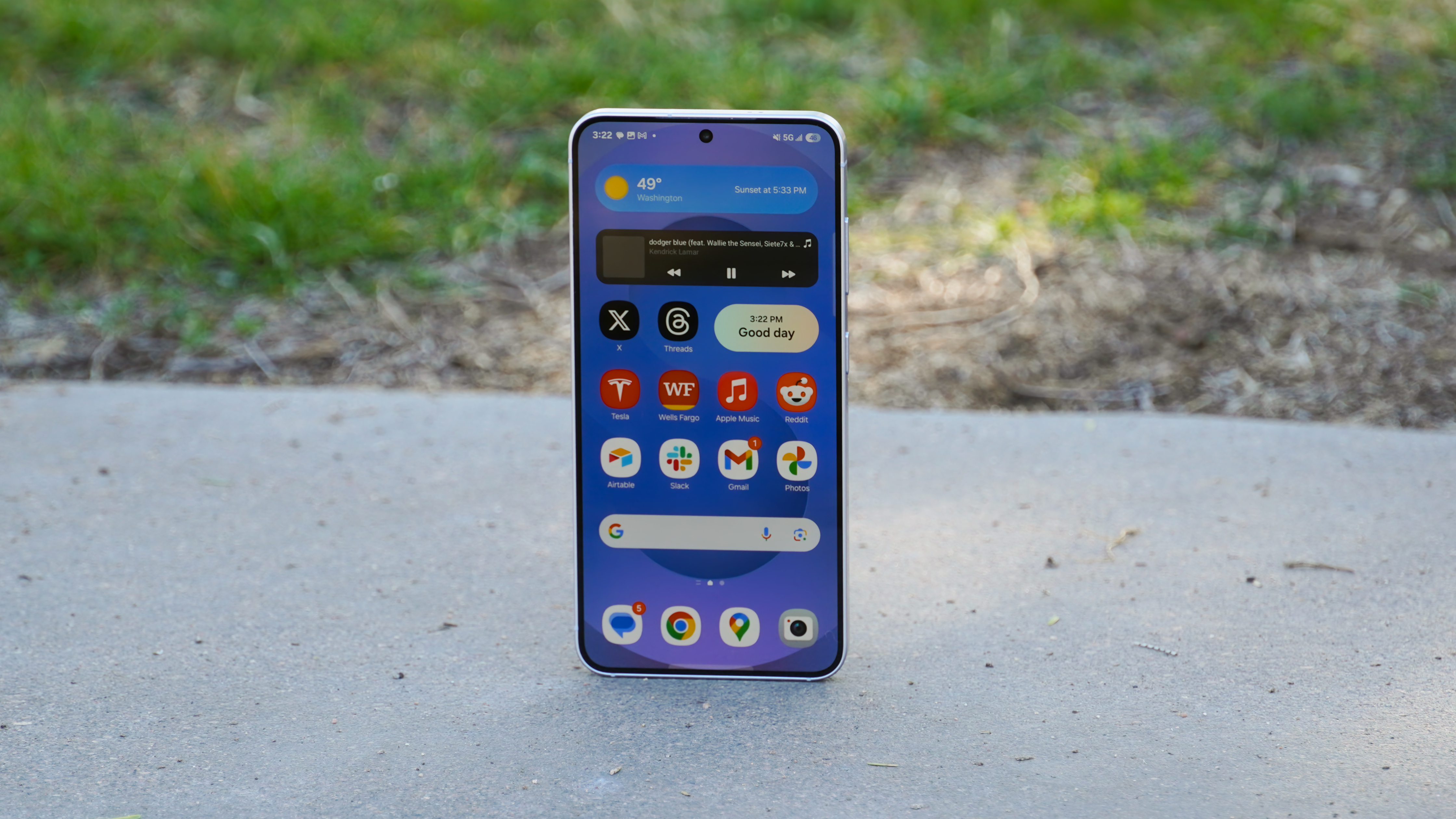
Specifications
Reasons to buy
Reasons to avoid
The Samsung Galaxy S25 has a few notable improvements over the S24 like 12GB of RAM as standard, Wi-Fi 7 and Qualcomm's latest processor, but the rest of the phone is very similar to its predecessor. It is however the best compact phone money can buy in 2025 as Samsung has further refined its design, making it even slimmer and lighter than the previous model without compromising durability.
Coming in at the same price as the S24, the Galaxy S25 offers good value as you get the latest and most powerful hardware for gaming and multitasking. We found the performance to be top-notch in our review, and we liked the fact that the phone throttles performance in a linear fashion with sustained loads. This helps keep the temperature low so it's not too hot to handle, and it doesn't drain the battery.
Unfortunately, there isn't much in terms of upgrades for the cameras, display, and battery capacity. They all do a solid job but it's something we've seen before. The S25 will be getting seven years of OS upgrades and it will have exclusive access to new Galaxy AI features that probably won't come to the S24. If you want the absolute best compact phone today, you can't go wrong with the Galaxy S25.
Attribute | Quick look | Score |
|---|---|---|
Display | Bright AMOLED panel with adaptive 120Hz refresh rate | ★★★★☆ |
Design | Slimmer and lighter than the S24 | ★★★★★ |
Price | Standard base-level flagship pricing | ★★★★☆ |
Camera | Same decent ones from last year but not impressive enough | ★★★☆☆ |
Performance | Performs like the powerhouse it is | ★★★★★ |
Battery life | Lasts you all day long and then some | ★★★★☆ |
Updates | Seven years is too good of a promise | ★★★★★ |
Best value
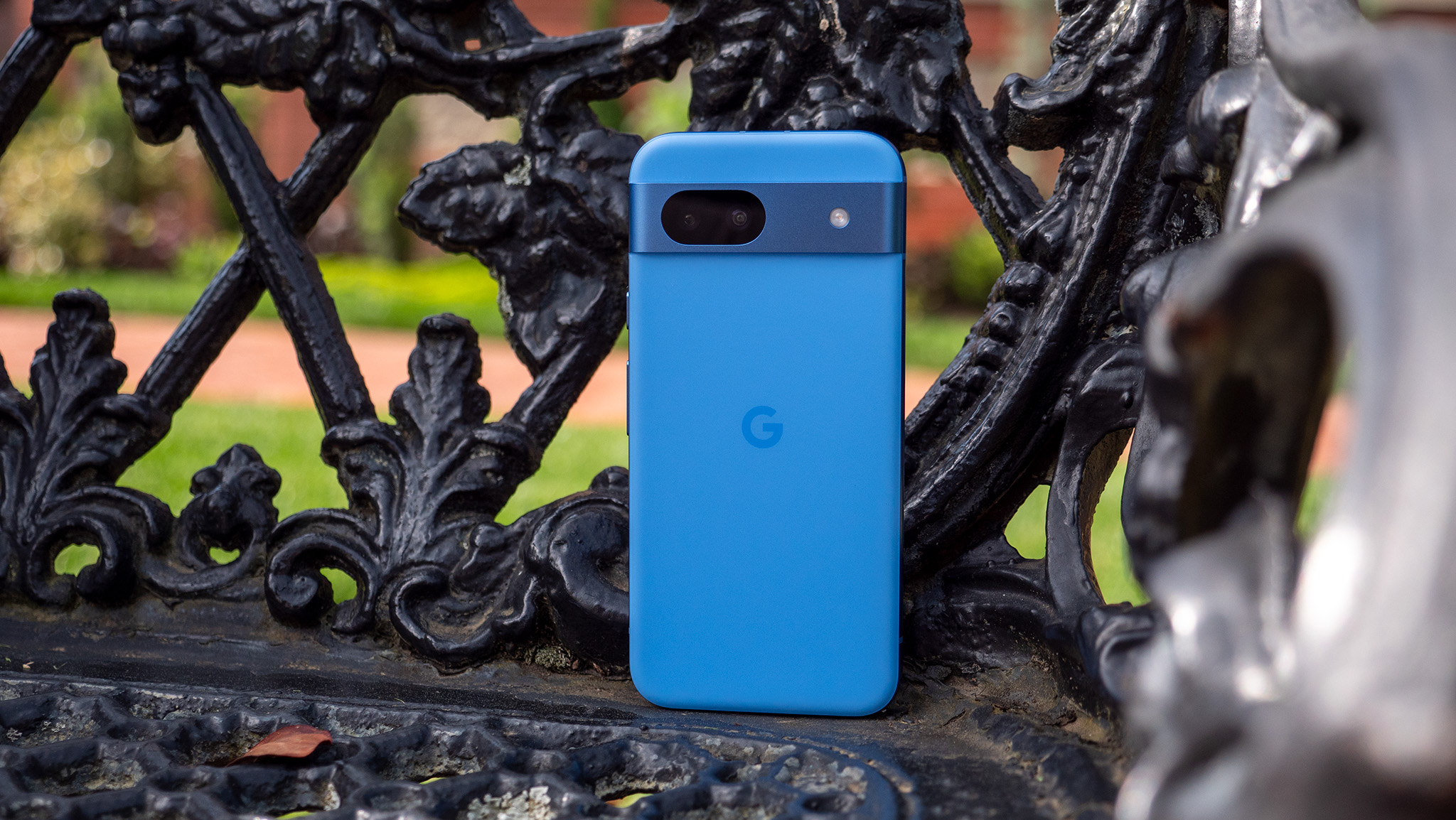
Specifications
Reasons to buy
Reasons to avoid
Google's Pixel A-series has long been a value leader since the series was introduced. While most A-series phones have been on the smaller side, they often pair the diminutive size and price with equally diminutive specs. Like the 7a, however, the Pixel 8a can be considered a "value flagship" phone that also doubles as the best small phone you can buy.
Every time I pick the phone up and use it, I marvel at how this phone only costs $500 and yet feels so darn premium in every way. The processor inside is the same one in the more expensive Google Pixel 8 and Pixel 8 Pro, offering the same advanced camera features as those Pixel phones. It's also extremely comfortable to hold, with Google rounding the edges and tweaking the overall design with the 8 range. I had a tough time of it, choosing between the 8 and the 8a, but the 8a just gives so much more value for money.
In addition to the Pixel 8a hosting the joint best camera hardware on any A-series model to date alongside the previous model, the Tensor G3 processor also ensures that the photos you capture are crystal clear every time. Google has long been a master at this with features like Face Unblur technology, automatically capturing crisp faces even when there's movement.
Attribute | Quick look | Score |
|---|---|---|
Display | Great for everyone but PWM-sensitive folks | ★★★★☆ |
Design | Bold colors, beautiful and comfortable design | ★★★★★ |
Price | Impossibly good price point | ★★★★★ |
Camera | Signature best-in-class Pixel cameras | ★★★★☆ |
Performance | AI features are awesome but it can't handle gaming | ★★★★☆ |
Battery life | Slow charging and middling battery | ★★☆☆☆ |
Updates | Industry-leading seven years of updates | ★★★★★ |
Best foldable
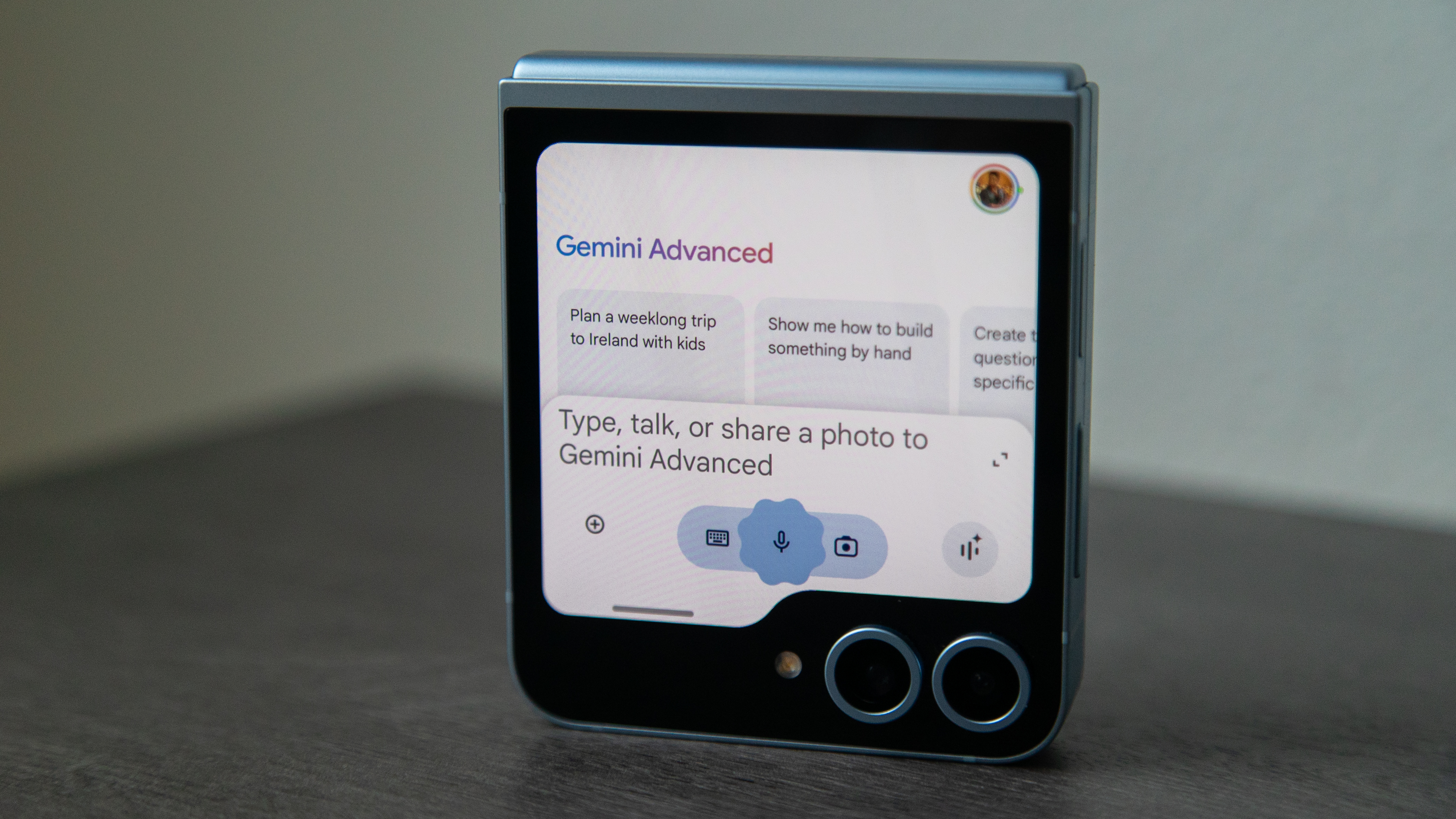
Specifications
Reasons to buy
Reasons to avoid
If there's any one specific reason to get a foldable phone, it's to fit a bigger display in an actual pocketable form factor. That's precisely why the Samsung Galaxy Z Flip 6 is the best foldable phone for fans of smaller phones. Case in point, it might have a giant 6.7-inch display on the inside — which is anything but "small" or pocketable — but the Flip 6 folds in half when you're done with it, giving you the convenience of a small phone size and a big screen when you need it. I don't know about you, but I'm a nineties kid so the nostalgia factor of flip phones is also a big draw for me.
With the Galaxy Z Flip 6, Samsung also boosted the size of the battery, so you can expect longer battery life per charge compared to the Flip 5. The Z Flip 6 is a hair thinner when folded, but otherwise is roughly the same size as the previous model. The new Snapdragon 8 Gen 3 processor makes everything about the phone better, including the camera experience.
Samsung has finally given the Flip 6 an official protection against solid particles, thanks to the IP48 rating. Once again, Samsung has continued to choose refinement over dramatic transformation; choose this phone and you'll be getting one of the most enjoyable and unique small phone experiences around.
Attribute | Quick look | Score |
|---|---|---|
Display | Internal display is nicer than the external one | ★★★★☆ |
Design | Classic foldable form factor modelled after flip phones | ★★★★★ |
Price | Pretty darn expensive as it's a foldable | ★★★☆☆ |
Camera | Solid cameras with improved primary sensor | ★★★★☆ |
Performance | Snapdragon 8 Gen 3 for Galaxy is an absolute beast | ★★★★★ |
Battery life | Good uptime but slow charging speed | ★★★★☆ |
Updates | Samsung's top-notch seven-year promise | ★★★★★ |
Best last-gen
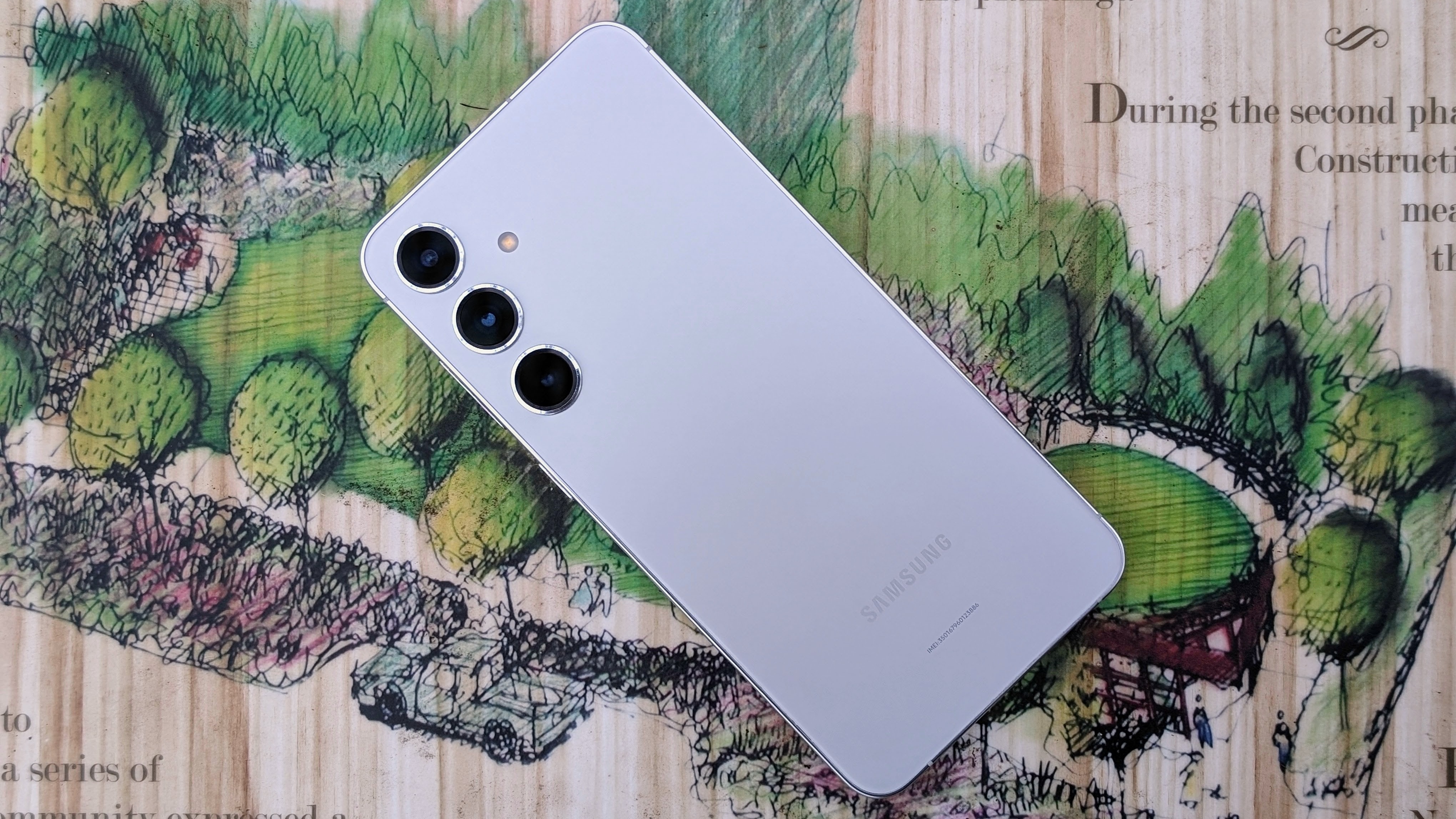
Specifications
Reasons to buy
Reasons to avoid
The base Galaxy S24 is still one of the best Android phones with most of the bigger phone's best features. Even though the S25 is grabbing the spotlight, the S24 can still be found online at discounted prices making it the best last-gen compact phone.
The Galaxy S24 comes with some notable upgrades over the S23, like the battery, which gets a shot in the arm to take it from 3,900mAh to 4,000mAh with support for 25W wired charging and 15W wireless charging. The camera system is led by the tried and true 50MP sensor with a 10MP telephoto and 12MP ultrawide camera helping out. Be careful buying an international model as some are fitted with the Exynos 2400 SoC which is a solid chip, but not as capable as the Snapdragon 8 Gen 3 fitted to the U.S. model.
When it comes to carrier support, just about every carrier will activate the S24 without issue. Support for 5G on the major carriers including Verizon and AT&T's mid-band 5G is present with mmWave on the US model. Finally, Samsung is offering an impressive seven years of software updates for the S24 so you know your phone will be up-to-date for years to come.
Attribute | Quick look | Score |
|---|---|---|
Display | Improved PWM dimming with fantastic visuals and brightness levels | ★★★★★ |
Design | Curved edges meet a sleek, compact form factor | ★★★★☆ |
Price | Standard base-level flagship pricing | ★★★★☆ |
Camera | Same decent ones from last year but not impressive enough | ★★★☆☆ |
Performance | Performs like the powerhouse it is | ★★★★★ |
Battery life | Lasts you all day long and then some | ★★★★☆ |
Updates | Seven years is too good of a promise | ★★★★★ |
Best AI features
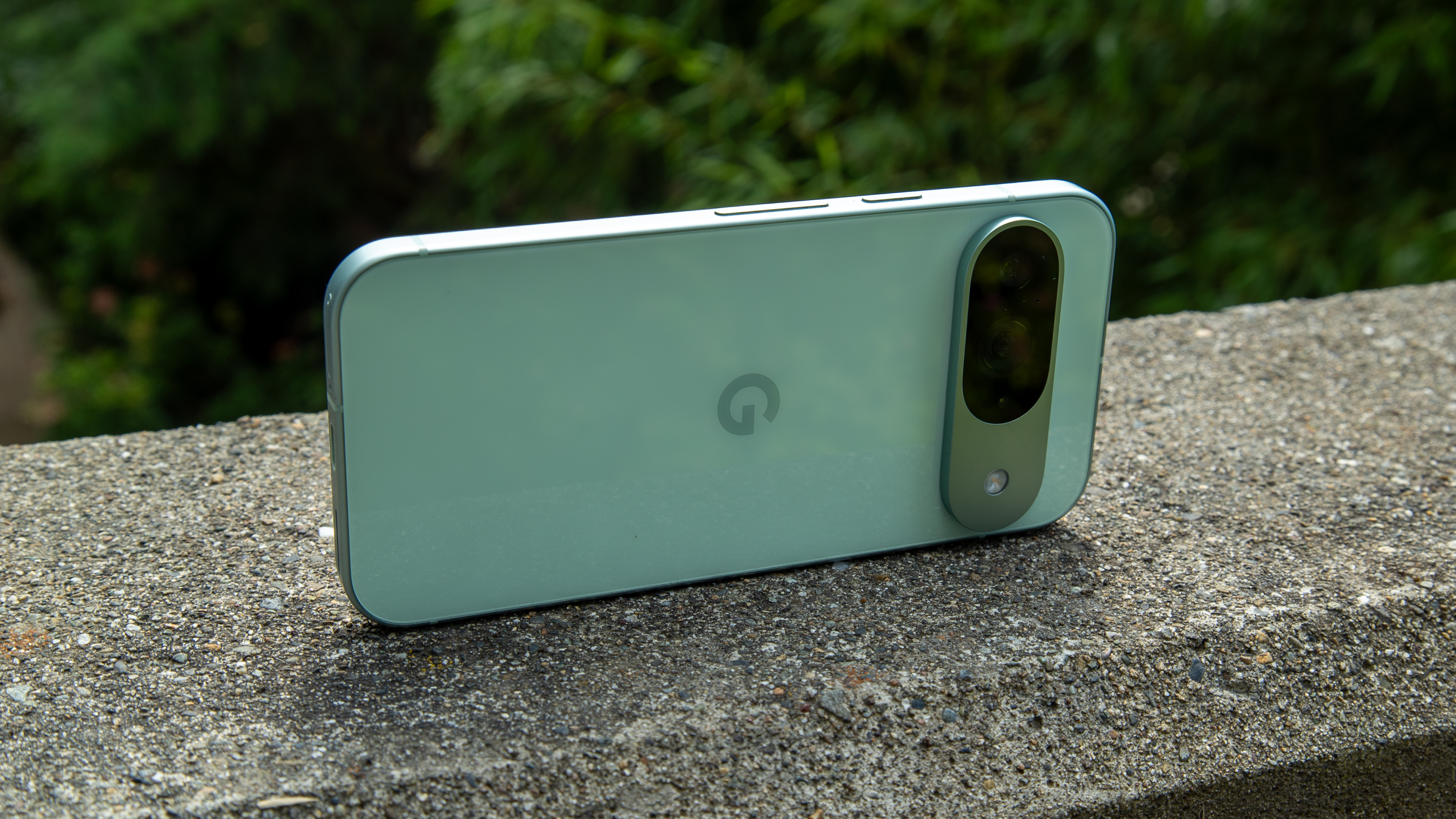
Specifications
Reasons to buy
Reasons to avoid
The Google Pixel 9 might not seem particularly impressive over a Pixel 8 at first glance, but the changes to the design, the larger battery, and its new AI features kind of make up for the increase in price. The Pixel 9 is slimmer than the Pixel 8 and has similar dimensions as the 8a, but it is a bit heavier now at 198g. The fact that the Pixel 9 now gets a 6.3-inch display in a similarly-sized body as the 8a is a huge bonus.
Software is once again the highlight of the Pixel 9, thanks to novel and useful AI tools. The new Tensor G4 chipset allows the phone to run Gemini Nano with Multimodality for understanding text, images, and audio, and process results on-device. New GenAI tools allow you to add objects and visual elements to enhance existing images. The Pixel 9 is also guaranteed to get seven years of OS and security updates too, making it future-proof.
The ultrawide camera on the Pixel 9 finally got a boost in resolution, with a new 48MP sensor. Another area of improvement is the battery capacity, which has gone up to 4,700mAh. The Pixel 9 starts at $799, which is $100 more than what the Pixel 8 launched at.
Personally, I'd splurge on the Pixel 9 Pro over the Pixel 9 purely for the additional telephoto lens, more RAM, and better screen brightness, but that honestly doesn't justify the $200 price gap between the two. Not everyone can (or should) spend that kind of money on menial upgrades. So, if you want the best AI features on a small Android phone and a stunning design, I recommend the Google Pixel 9 for most people.
Attribute | Quick look | Score |
|---|---|---|
Display | Stunning and bright with crip picture quality | ★★★★☆ |
Design | Attractive new design with splashy colors | ★★★★★ |
Price | Same starting point as Galaxy S24 | ★★★★☆ |
Camera | State-of-the-art photography and AI features | ★★★★★ |
Performance | Tensor 3 brings useful AI features | ★★★★☆ |
Battery life | About a day's worth or a bit less, slow charging | ★★★☆☆ |
Updates | Stellar seven-year guarantee | ★★★★★ |
How to choose
The market for small Android phones isn't as expansive as it used to be, but there are still plenty of choices out there if you know where to look. When it comes to our performance, the Galaxy S25 is an easy choice with the latest Snapdragon 8 Elite SoC powering it, and excellent software support from Samsung promising seven years of Android updates. Compared to the Samsung Galaxy S24, the S25 has increased RAM right from the base variant, and is slimmer and lighter.
The Google Pixel 8a may not be what everyone considers "small" but it has amazing specs across the board, comes in at a price that's more than reasonable, and can still be considered small by modern phone standards. Using the Pixel 8a is pretty darn great no matter what you're doing, often punching above what you'd expect from a phone this cheap. If you want a more premium experience in a similar form factor, the Pixel 9 checks all the boxes. It's better than the 8a in pretty much every way, but comes at a big bump in price.
If you need a compact flagship phone without paying flagship money, then look no further than the Galaxy S24. It's the best last-gen flagship that'll get updates for many more years to come. Most of its hardware is also similar to the S25, which means you're getting the best components at a reduced price.
How we test
☑️ One of the oldest and most trusted Android sites on the web
☑️ Over 15 years of product testing
☑️ Thousands of products reviewed and tested since 2007
☑️ Over 50 phones tested every year by our team
Phones are obviously our bread-and-butter here at Android Central, so we take testing extremely seriously. We start by approaching phones with a consumer's mindset, namely because we are consumers first and foremost, in addition to Android enthusiasts with decades of collective experience under our belts.
In addition to benchmark programs and lab tests, we get hands-on to run phones through regular use-case scenarios, such as night photography and vigorous mobile gaming sessions. We'll run multiple performance-intensive apps at the same time to see at which point a phone will overheat or lose battery life, and we'll drain the battery of a phone to zero to test recharging speeds.
Our methods also include testing connectivity, so we'll go in and monitor Wi-Fi and 5G speeds to see if each device is meeting the manufacturer's claims. We'll also check Bluetooth connectivity speeds and range to ensure that your device will quickly connect to your favorite accessories at a reasonable distance.
Once we've gone through all of our testing protocols, we'll assign the device a score based on an aggregate of our metrics. Needless to say, if a phone has four or more stars, you can rest easy knowing it'll be a great device that should last you for years to come. If you want to learn more, check out our guide to Android Central's testing and review policies.
Be an expert in 5 minutes
Get the latest news from Android Central, your trusted companion in the world of Android

Namerah enjoys geeking out over accessories, gadgets, and all sorts of smart tech. She spends her time guzzling coffee, writing, casual gaming, and cuddling with her furry best friends. Find her on Twitter @NamerahS.
- Roydon CerejoContributor
- Patrick FarmereCommerce Editor
- Nicholas SutrichSenior Content Producer — Smartphones & VR
